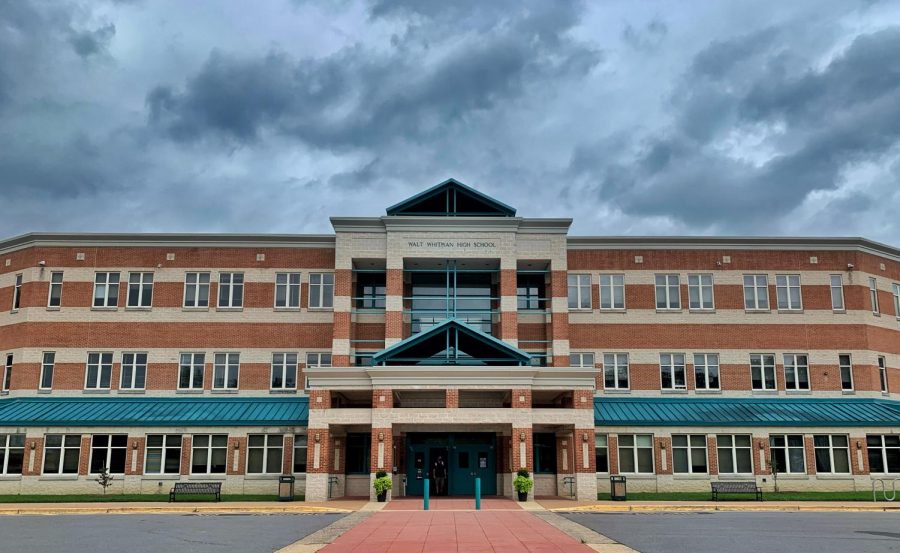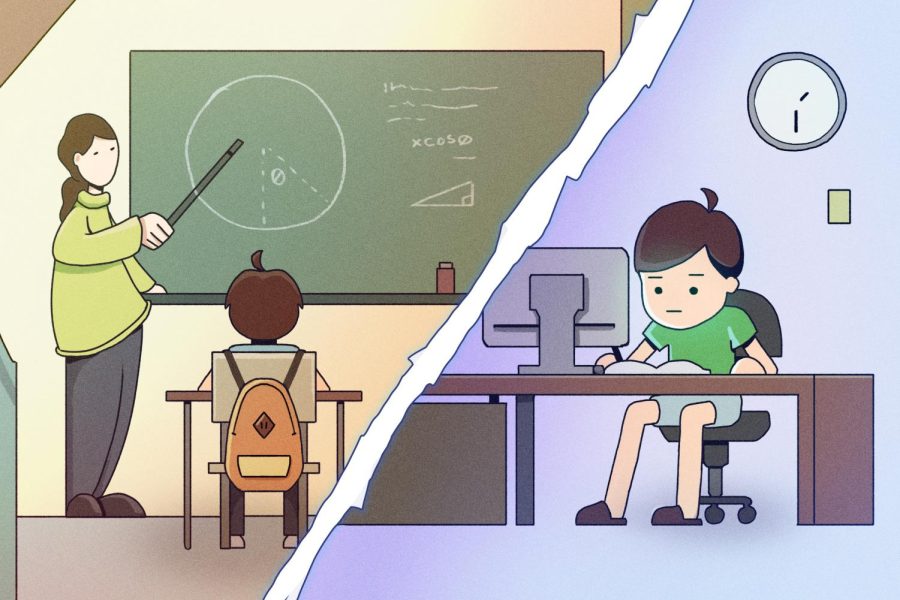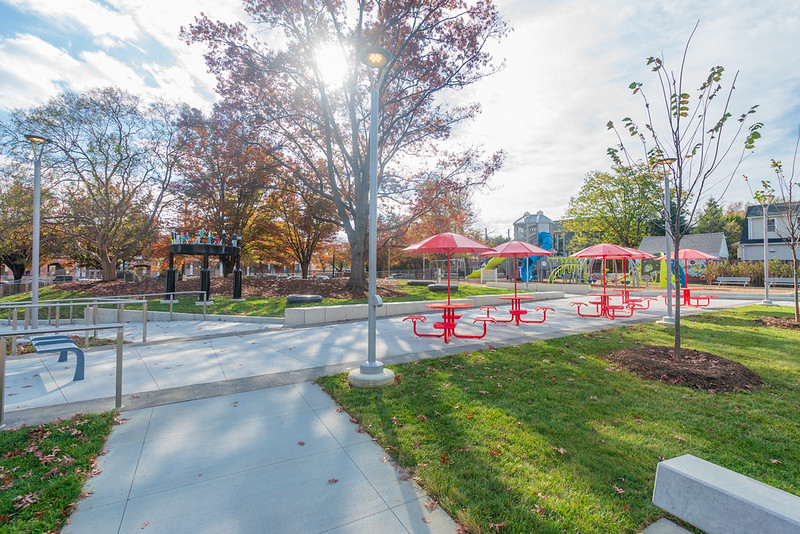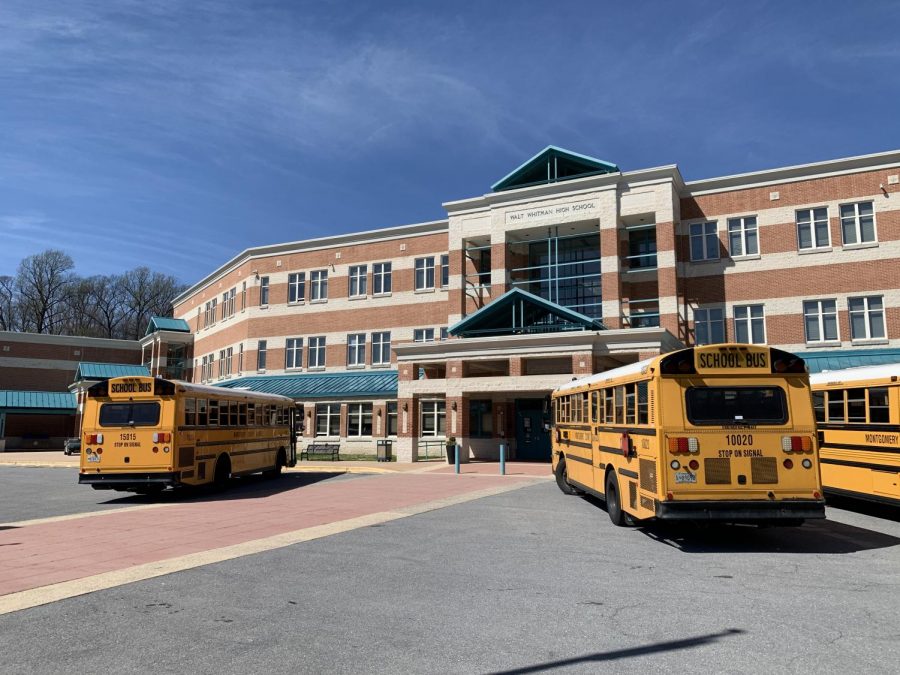MCPS community members voiced concerns about overcrowding and insufficient school resources during the Sept. 18 Community Engagement Listening Session with new Superintendent Dr. Thomas W. Taylor.
In his second listening session as part of his entry plan, Taylor focused on hearing feedback to gain a better understanding of the community’s needs and strengthen stakeholder relationships. Taylor said many of the resource concerns are significant and pressing issues. In response to the delays and challenges brought up by some educators at the session, he stressed the importance of ensuring teachers have the necessary tools to succeed in the classroom.
“You absolutely deserve to get what you need to be successful in the classroom, there is no excuse for you not having what you need,” Taylor said during the session.
MCPS increased class sizes and cut its virtual academy program after the Montgomery County Council approved a budget $30 million short of the district’s request. Staffing guidelines for the 2023-2024 school year indicate that a formula based on enrollment and other factors determines high school class sizes. For grades K-5, class sizes range from 24-28 students.
Many classes at Whitman, particularly required courses and popular Advanced Placement classes, now exceed 30 students, with every seat filled. Larger class sizes generally lead to more distractions, increased stress and decreased individual attention for students.
Junior Charlie Levine is concerned about the large class sizes at Whitman. He expressed worry that the lack of individual attention negatively impacts students’ ability to focus and succeed academically.
“I feel like kids should have more personalized attention, and they are not necessarily getting that in a larger classroom,” Levine said.
A landmark study from nearly 40 years ago, Project STAR, compared K-3 students in smaller classes of 13-17 students to those in larger classes of 22-25. Over the four years, the study consistently found that students in smaller classes achieved higher test scores, with the positive effects continuing into later grades.
A 2022 survey from Merrimack College revealed that the average teacher works about 54 hours a week, with less than half of that time spent directly teaching students. The findings also highlight that many teachers feel overworked, underpaid and underappreciated.
AP US History Teacher Gregory Herbert said that, in general, all teachers are overworked. Many educators feel undervalued, fueling growing frustrations within the profession. In response, some teachers are considering leaving the field altogether, citing burnout with the increasing demands placed on them both inside and outside the classroom. Herbert said he isn’t sure there is a simple solution to overcrowding, and a growing student population in MCPS has heightened the problem.
“The burden that teachers bear is that extra work and managing that time constraint,” Herbert said. “It would be helpful to have fewer students in each class, but it’s not feasible.”
Some solutions to problems produced by overcrowding wouldn’t involve financial investment. Teachers can increase student engagement by developing more enticing lessons, while tutoring offers additional support for students who need one-on-one instruction. At Whitman, teachers are already creating engaging lessons, and the Vike2Vike peer tutoring program provides students with free academic support.
Herbert said teachers are generally in the education industry because they are passionate about helping students succeed.
“The teachers that I interact with do everything they can to meet individual student needs whether it’s required through law,” Herbert said, “but also going out above and beyond and trying to reach students that are not doing well and trying to be proactive in helping and supporting those kids.”
















